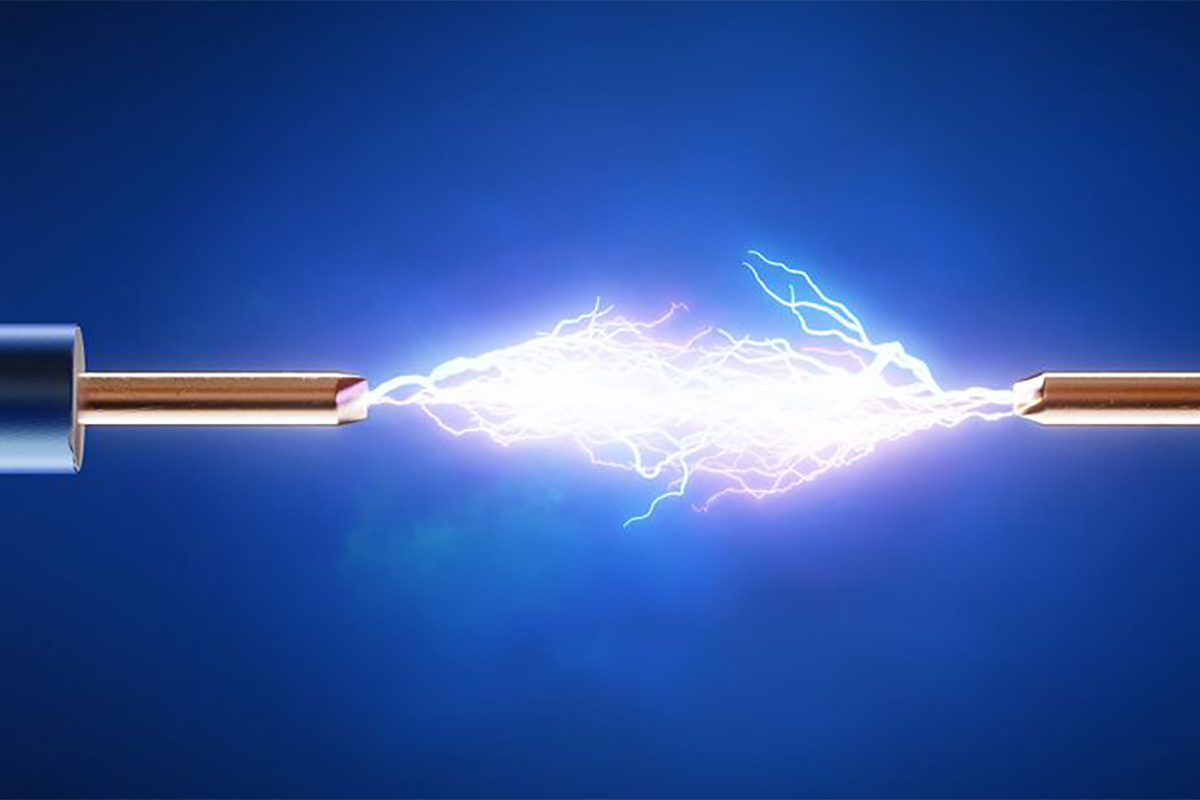

This course will teach you how to:
Identify electrical safety training requirements for qualified workers.
Identify best practice Regulations that address shock and arc flash hazards.
List the steps to perform a shock hazard analysis and describe each step.
List the personal protective equipment required for shock protection.
List the steps to achieve an electrically safe work condition.
List the steps to install and remove temporary protective grounding equipment.
Explain what an arc flash is and the injuries that can result.
Identify when an arc flash hazard exists.
List the steps to perform an arc flash hazard analysis and describe each step
Define the term “incident energy,” identify the key electrical system variables that affect it.
Define the term “arc flash protection boundary” and explain its application.
Define the term “arc-rated” and explain the difference between “flame-resistant” clothing and “arc rated” clothing.
Select appropriate personal protective equipment for arc flash hazards.
Describe the Hazard/Risk Category method of selecting arc flash PPE.
List the testing and maintenance requirements for personal protective equipment.
Identify the key objectives of job safety planning.
Some analysis typical cases using ETAP Software.
Electrical Design, Project and Maintenance Engineers, Managers & Safety Professionals.
Understanding Electric Power Systems
Basic Electrical Theory and Definitions
Ohm’s Law
Types of Electrical Faults
o Overloads
o Short Circuits
Overcurrent Protective Devices
Earth Fault Systems.
Time-Current Curves & Power System Studies
Circuit Breakers & Interrupting Rating.
Electrical Drawings & Switching programs.
Current Limitation.
Fuses.
Recognizing Electrical Hazards associated with Electrical Elements
A detailed review of critical electrical safety hazards created by energized electrical equipment:
Insulation.
Power Cables.
Power Transformers.
Instrument Transformers.
Dealing With Fault Currents.
Disconnect Switches.
Switchgear & Circuit Breakers.
Fuses & Electrical Relays.
Capacitors.
Emergency UPS Systems.
Hazards of Electricity
Electrical Safety Hazards.
Electric Shock.
Effects of current on human beings based on IEC 60479.
Shock Hazard Analysis.
Arc-Flash and Arc Blasts.
Electrical Arc Flash Characteristics
Arc-Flash Metrics.
Arc-Blast Effect.
Light and Sound Effects.
Elements and characteristics of an Arc Flash Event.
Arc Flash Hazard Analysis.
Preparing To Work Safely
Hazard Risk Analysis/ Task Assessment
Hazard/ Risk Evaluation/ Assessment
Assessment to Lockout or Work Energized
Overview of Lockout Fundamentals
Working Energized defined
Job Briefing and Planning Checklist
Energized Electrical Work Permit Flow Chart
Elements of an Energized Electrical Work Permit and preparing for.
Establishing an Electrically Safe Work Condition
Principles of Lockout Tagout Execution
Hazardous Electrical Energy Control Procedures
Determining Safe Approach Distance
Determining Safe Approach Distance
Definitions of Boundaries and Spaces
Limits of Approach
Shock Hazard Analysis
Shock Protection Boundaries
Limited Approach Boundary
Restricted Approach Boundary
Prohibited Approach Boundary,
Hazard Boundary,
Shock Hazard Assessment
Limits of Approach,
Preparation for Approach ,
Qualified Persons, Safe Approach Distance,
Basis for Distance Values - Approach Boundaries to Energized,
Electrical Conductors or Circuit Parts for Shock Protection,
Basic Method for Determining Arc Flash Hazard Assessment
Breakdown and characteristics of the 5 Hazard Risk Categories.
Selection of Personal Protective Equipment for Various Tasks.
Hazard/ Risk Category Classification.
Protective Clothing and Personal Protective Equipment (PPE).
Protective Clothing Characteristics.
Factors in selection of Protective Clothing and Equipment.
Electrical Hazard Analysis
Shock Hazard Analysis.
Approach Boundaries.
Flash Hazard Analysis.
Arc-Flash Calculations.
Arc-Flash Hazard Calculation Examples.
IEEE 1584 Arc-Flash Hazard Calculation.
NFPA 70E Table Method.
Steps required to use the NFPA 70E Table Method.
Electrical Hazard Labels, Arc Flash and Shock Labeling
Shock and Arc Flash Warning Label.
Arc Flash Label Example.
Detailed Arc Flash Hazard Analysis Label.
Minimizing Arc-Flash and Other Electrical Hazards
Design a Safer System.
Implement an Electrical Safety Program including Arc Flash Study Analysis and Implementation.
Observe Safe Work Practices.
Use Personal Protective Equipment (PPE).
The evolution of Flame Resistant (FR) fabrics.
Use Warning Labels.
Use an Energized Electrical Work Permit.
Avoid Hazards of Improperly Selected or Maintained Overcurrent Protective Devices.
Achieve or Increase Selective Coordination.
Arc Flash Study Analysis and Implementation.
Arc Resistant Switchgear.
Remote Breaker Racking.
Regular Maintenance and Testing.
Some Relevant Video Tapes for Electrical Hazards & Cases
Arc Flash & Electricity Hazards Analysis using Software
Basic Methods For Determining Arc Flash Hazard Assessment
Breakdown and characteristics of the 5 Hazard Risk Categories
Selection of Personal Protective Equipment for Various Tasks
Hazard/ Risk Category Classification
Protective Clothing and Personal Protective Equipment (PPE)
Factors in selection of Protective Clothing and Equipment
Short Circuit, Relay Co-ordination & Arc Flash Analysis using Computer simulations using ETAP 16.00 from OTI.
Calculations of incident Energy (Cal/cm2) using software’s & manually (ETAP 16.00)
CDGA attendance certificate will be issued to all attendees completing minimum of 75% of the total course duration.
| Code | Date | Venue | Fees | Register |
|---|---|---|---|---|
| EE235-01 | 25-01-2026 | Dubai | USD 5450 | |
| EE235-02 | 26-04-2026 | Manama | USD 5450 | |
| EE235-03 | 05-07-2026 | Muscat | USD 5450 | |
| EE235-04 | 25-10-2026 | Jeddah | USD 5450 |
Providing services with a high quality that are satisfying the requirements
Appling the specifications and legalizations to ensure the quality of service.
Best utilization of resources for continually improving the business activities.
CDGA keen to selects highly technical instructors based on professional field experience
Since CDGA was established, it considered a training partner for world class oil & gas institution
3012, Block 3, 30 Euro Business Park, Little Island, Co. Cork, T45 V220, Ireland
Mon to Fri 09:00 AM to 06:00 PM
Contact Us anytime!
Request Info